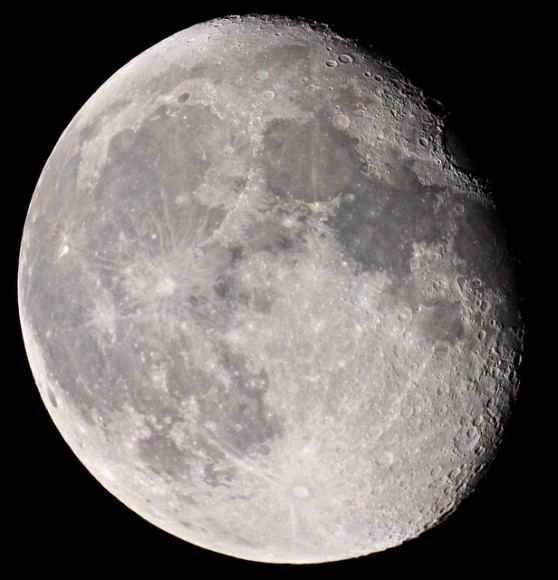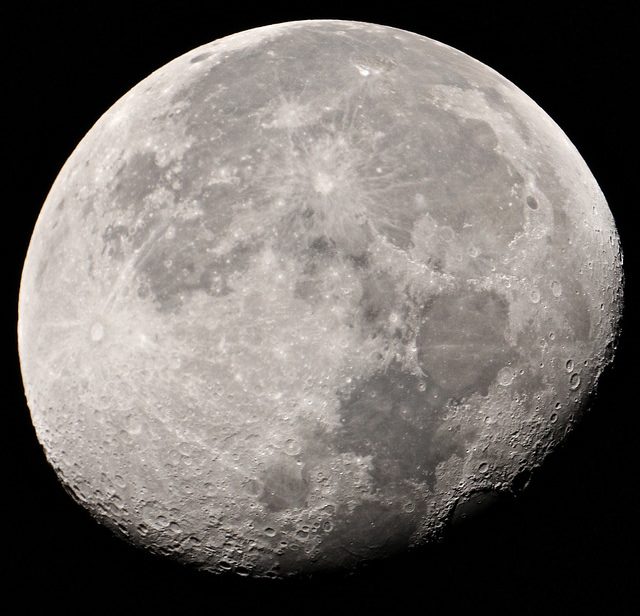Human beings have been observing the Moon for as long as they have walked the Earth. Throughout recorded and pre-recorded history, they have paid close attention to its phases and accorded them particular significance. This has played a major role in shaping the mythological and astrological traditions of every known culture.
With the birth of astronomy as a scientific discipline, how the Moon appears in the night sky (and sometimes during the day) has also gone long way towards helping us to understand how our Solar System works. It all comes down to the Lunar Cycle, the two key parts of this cycle involve the “waxing and waning” of the Moon. But what exactly does this mean?-day
Lunar Cycle:
First, we need to consider the orbital parameters of the Earth’s only satellite. For starters, since the Moon orbits Earth, and Earth orbits the Sun, the Moon is always half illuminated by the latter. But from our perspective here on Earth, which part of the Moon is illuminated – and the amount to which it is illuminated – changes over time.
When the Sun, the Moon and Earth are perfectly lined up, the angle between the Sun and the Moon is 0-degrees. At this point, the side of the Moon facing the Sun is fully illuminated, and the side facing the Earth is enshrouded in darkness. We call this a New Moon.
After this, the phase of the Moon changes, because the angle between the Moon and the Sun is increasing from our perspective. A week after a New Moon, and the Moon and Sun are separated by 90-degrees, which effects what we will see. And then, when the Moon and Sun are on opposite sides of the Earth, they’re at 180-degrees – which corresponds to a Full Moon.
Waxing vs. Waning:
The period in which a Moon will go from a New Moon to a Full Moon and back again is known as “Lunar Month”. One of these lasts 28 days, and encompasses what are known as “waxing” and “waning” Moons. During the former period, the Moon brightens and its angle relative to the Sun and Earth increases.
![Synthetic view of the waxing Moon as viewed from Earth on 2013-10-15 17:00:00 UTC [NASA/GSFC/Arizona State University].](https://www.universetoday.com/wp-content/uploads/2013/10/tuesday_syntheticview_thumb-580x580.png)
Waning Phases:
When the Moon is no longer full, but it hasn’t reached a quarter moon – i.e. when it’s half illuminated from our perspective – we say that it’s a Waning Gibbous Moon. This is the exact reverse of a Waxing Gibbous Moon, when the Moon is increasing in brightness from a New Moon to a Full Moon.
This is followed by a Third Quarter (or last quarter) Moon. During this period, 50% of the Moon’s disc will be illuminated (left side in the northern hemisphere, and the right in the southern), which is the opposite of how it would appear during a First Quarter. These phases are often referred to as a “Half Moon”, since half the disc is illuminated at the time.

Finally, a Waning Crescent is when the Moon appears as a sliver in the night sky, where between 49–1% of one side is illuminated after a Full Moon (again, left in the northern hemisphere, right in the southern). This is the opposite of a Waxing Crescent, when 1-49% of the other wide is illuminated before it reaches a Full Moon.
Even today, thousands of years later, human beings still look up at the Moon and are inspired by what they see. Not only have we explored Earth’s only satellite with robotic missions, but even crewed missions have been there and taken samples directly from the surface. And yet, it still possesses enough mystery to keep us inspired and guessing.
We have written many interesting articles about the Moon here at Universe Today. Here’s What is the Moon’s Real Name?, Does the Moon Have Different Names?, What are the Phases of the Moon?, Is the Moon a Planet?, What is the Distance to the Moon?, and Who Were the First Men on the Moon?
Want to know when the next waning gibbous moon is going to happen? NASA has a list of moon phases for a period of 6000 years.
You can listen to a very interesting podcast about the formation of the Moon from Astronomy Cast, Episode 17: Where Did the Moon Come From?
Sources:

